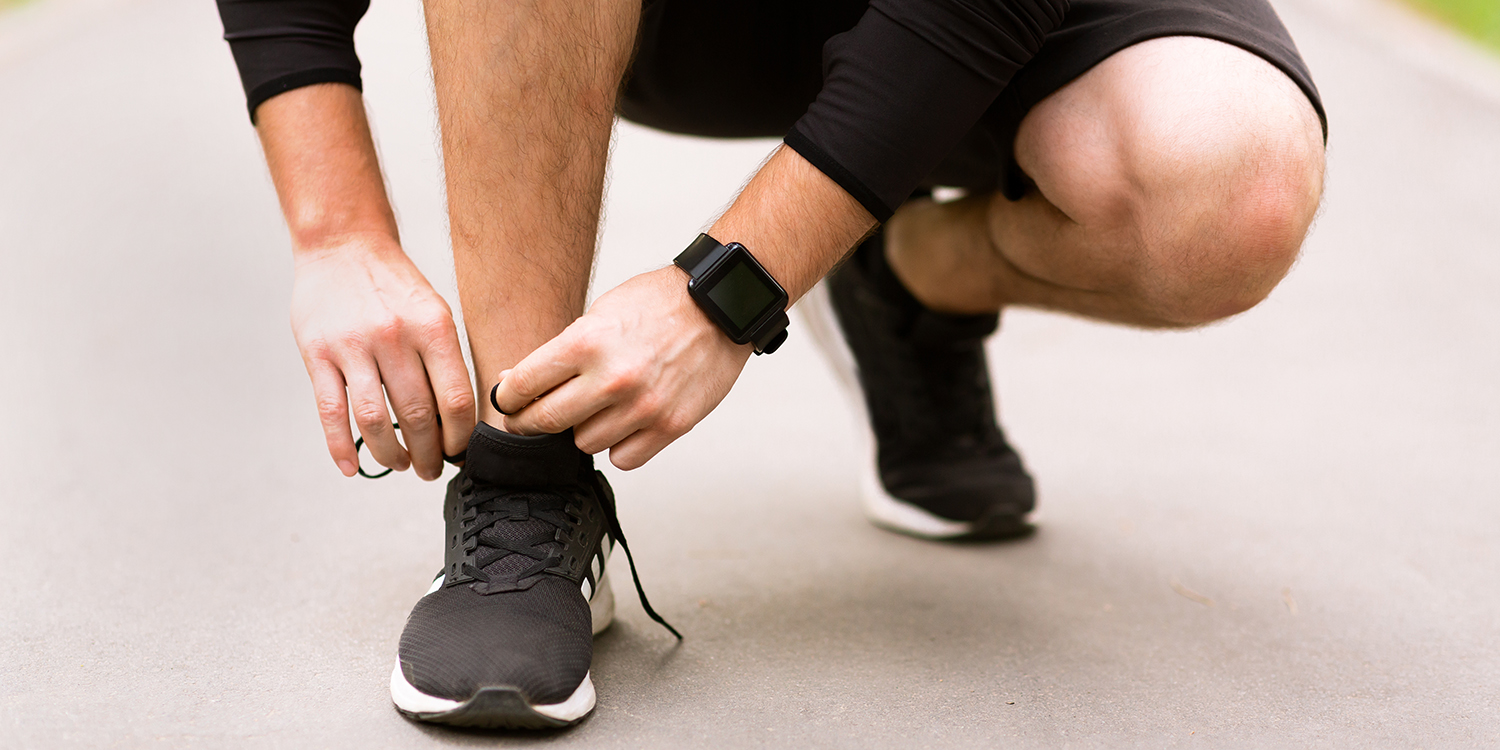Physiotherapist tips for transitioning back into sports
With community sport on track to resume and many of us have had limited ability to start pre-season training due to COVID-19 restrictions, it is more important than ever that we take care in returning to sport and restarting training. Here are some physiotherapist tips for transitioning back into sports to help get you restarted safely:
Warm-Up!
Doing a proper warm-up before training and playing will not only help you perform well but also reduces your likelihood of injury. A good warm-up should include;
- Running at varying speeds; start off slow to get circulation to the muscles and then increase speed gradually.- Dynamic stretches; these can include leg and arm swings, body roll downs etc. Whilst static stretches are important; because they are putting the muscle in a lengthened position it actually temporarily reduces the muscles ability to contract quickly with force (power) and you, therefore, may be more likely to injure yourself. Save the long hold stretches for after you have finished playing.
- Muscle pre-activation and plyometrics; this is strength training to get some key muscles involved in your activity turned on and coordinating well. Examples might include doing some bodyweight squats and jumping lunges to turn on your glutes and quads before running.
- Sport-specific drills; these may include landing after catching a ball up high, kicking/juggling a football or shoulder to shoulder contact and are important for preparing your body for the specific demands of your sport or activity.
You can’t go wrong getting strong!
Research shows that both acute and overuse injuries are more likely to occur when part of our bodies are lacking in strength and conditioning that is specific to the activity we are doing.
Performing some strength training specific to the needs of your sport will set you up well to prevent injuries.
If you’re a runner, strength below the knee is key to improve speed and reduce calf and Achilles strains and tendonitis. This can include calf raises with your body weight or carry some extra weight in a backpack for an added challenge.
Strong hamstrings and groin muscles are important for those doing kicking sports so completing Nordic hamstring curls or the Copenhagen hip adduction exercise a few times a week will help strengthen these muscles in a way that is statistically best for preventing tears and strains
Throwing and catching sports as well as swimming require high levels of strength and control through the shoulder girdle, this can be particularly important if you have dislocated your shoulder before or have joint hypermobility. Use unstable weights to really improve control eg water or rice in a container that moves around instead of a dumbbell.
Balance is key!
Our body controls balance primarily through information coming from the inner ear, our vision and our proprioception.
Proprioception is the bodies ability to recognise where all our joints and muscles are positioned in space and are vital to being able to complete activities without having to look at what our joints are doing all the time.
When you sprain or roll an ankle, injure another joint or sometimes because of some health conditions, the bodies sense of proprioception can be disrupted. This can mean you are more likely to get injured. To improve your balance and get strong, stable ankles and legs, try running and training on sand. The uneven surface is an excellent challenge for your lower limbs. Try closing your eyes when you’re standing on one leg on the sand for an added challenge to your balance.
The FIFA11+ warmup program is an excellent resource; it is an evidence-based warm-up program that takes you through all the above tips in a structured program. Even Better, it has been shown to reduce the incidence of ACL tears, hamstring and groin injuries by 30-50% compared to standard warmup programs!!!
Whilst it was designed for soccer, it is largely applicable to most sports which require frequent pivoting activity, such as rugby, netball, and basketball. It can also be very useful for patients trying to avoid a re-injury to a successful ACL reconstruction after graft healing has occurred, and the player has returned to training and play.
Our trained physiotherapists can perform a preseason screen to identify any areas you may need to improve on to prevent injury and enhance your performance, provide rehab after surgery and we can also assist in the prescription of custom orthotics or adaptations to equipment if you require that to enable you to participate in the sport you love without pain or restriction.
Article by Emma McKenzie-Low| Physiotherapist

